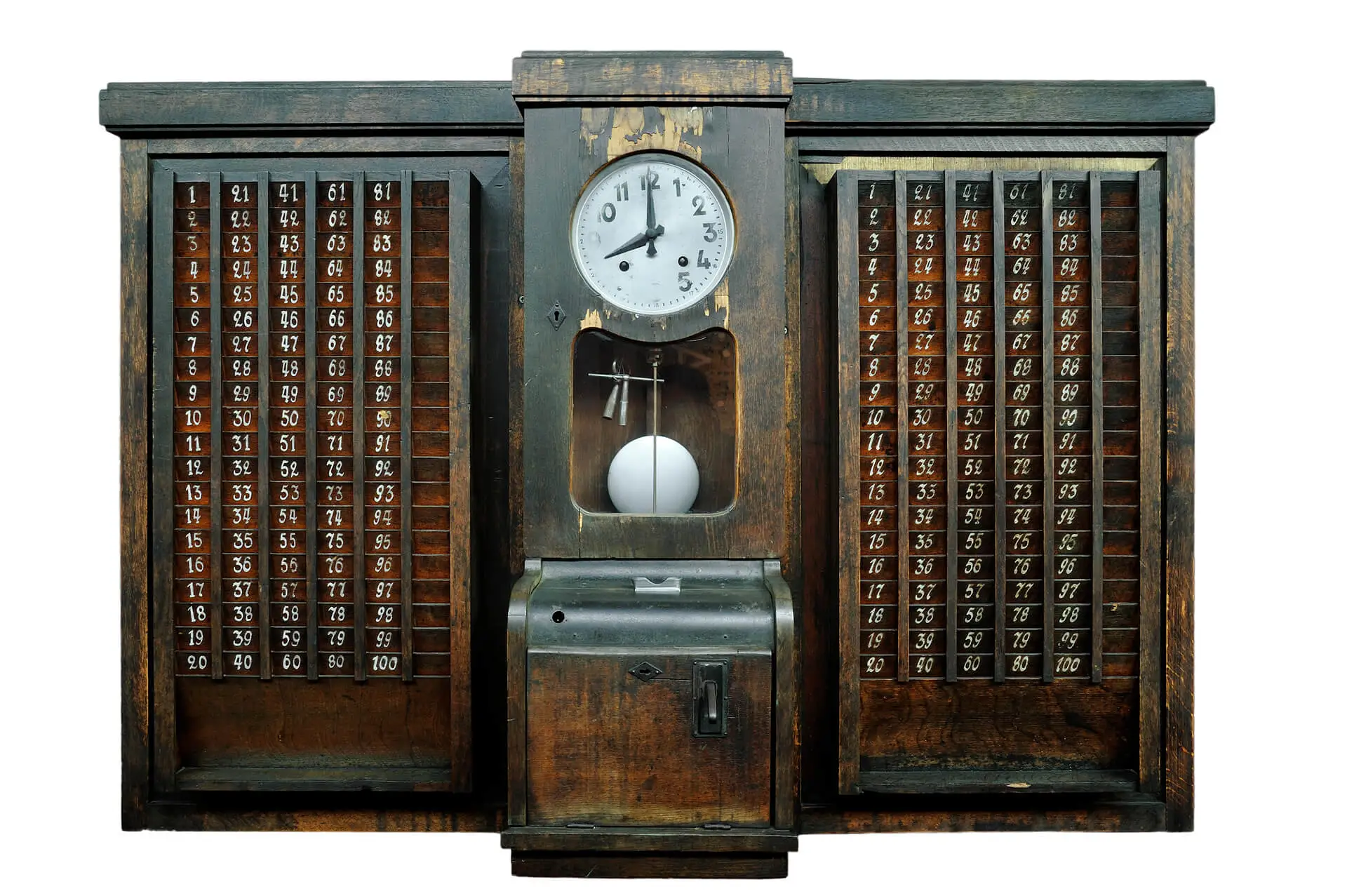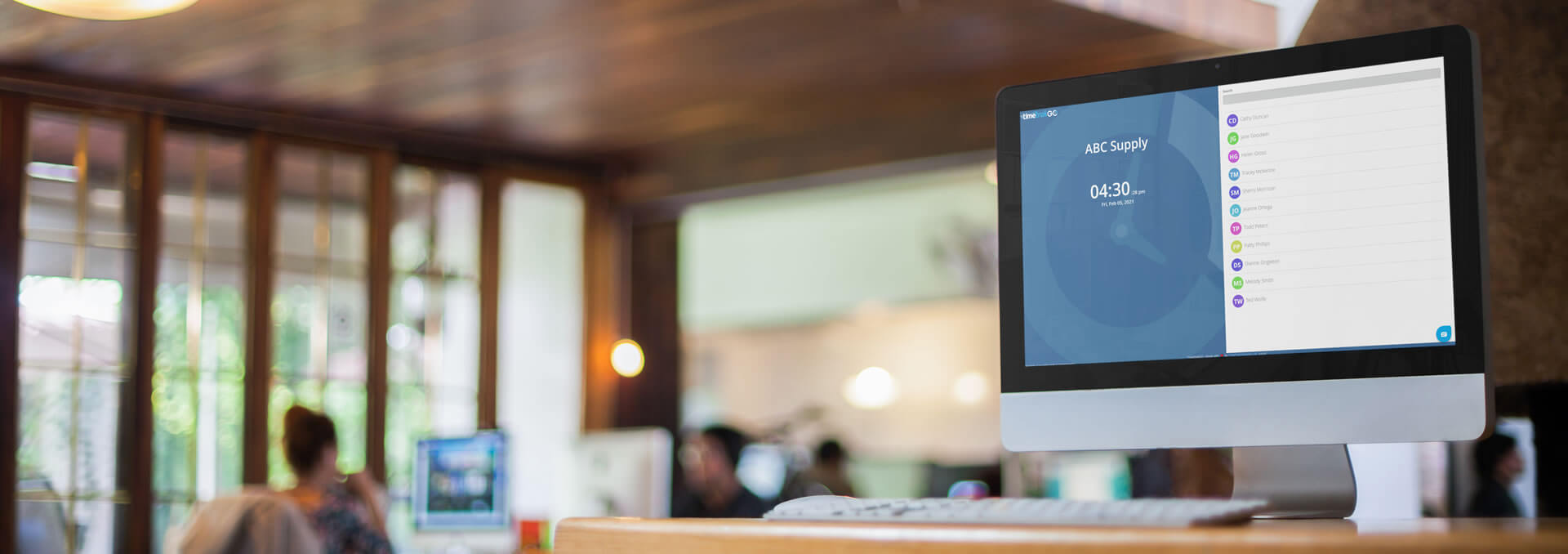The Evolution of Employee Time Clocks
TimeTrakGO was delighted to collaborate with the experts at “It’s About Payroll” as we joined them on their informative podcast series. During our conversation, we discussed the fascinating history of the employee time clock and explored the exciting evolution it’s currently undergoing. In particular, we focused on the trend of embracing app-centric solutions as the future of time tracking, leaving behind the traditional time clock hardware.
From Old Wooden Machines to Modern Tablet Apps
In today’s fast-paced world, where time is money, keeping track of employees’ hours worked is crucial for any business. The employee time clock, a device that has evolved significantly over the years, has played a pivotal role in this regard. From its humble beginnings as a mechanical contraption to the sleek, digital apps available on tablets, the history of the time clock is a fascinating journey through time and technology.
The Birth of the Time Clock: A Necessity in the Industrial Age
The history of the employee time clock dates back to the late 19th century when the Industrial Revolution was in full swing. With the rapid expansion of factories and a growing workforce, business owners needed a way to monitor employee attendance and work hours. This need led to the invention of the first mechanical time clock, which was designed to eliminate manual attendance tracking and reduce time theft. In 1888, Willard L. Bundy introduced the world to the very first time clock, revolutionizing the way businesses managed their workforce.
The Early Days of Time Clocks: The Iconic Wooden Time Clock
In the early days of time clocks, the iconic wooden time clock became synonymous with factory work and industrial labor. These time clocks featured a wooden cabinet with a paper timecard slot, a mechanical clock mechanism, and a crank for stamping the time. Employees would insert their paper time cards into the slot and turn the crank to record their time in and out. The machine would then stamp the card with the time, providing a reliable and indisputable record of work hours.
However, these early time clocks had their limitations. They were prone to mechanical failures, required regular maintenance, and were susceptible to time card fraud. Despite their shortcomings, these wooden time clocks marked the beginning of a revolution in timekeeping and labor management.
The Rise of Digital Time Clocks: Precision and Efficiency
As technology advanced, the wooden time clocks evolved into digital time clocks, offering greater precision and efficiency. These machines used magnetic stripe cards or proximity cards, making it easier for employees to clock in and out. The digital era brought with it the ability to store time and attendance data electronically, significantly reducing the risk of data loss and fraud.
The Modern Age of Employee Time Clocks: Tablet Apps and Mobility
In recent years, the landscape of employee time tracking has been transformed by the advent of modern technology. The ubiquitous presence of smartphones and tablets has led to the development of employee time clock apps that can be easily installed on devices such as iPads and Android tablets.
These tablet apps offer businesses a wide range of benefits. They allow employees to clock in and out from anywhere, reducing the need for a centralized physical clock. Geolocation features ensure that employees can only clock in from specific work locations, improving accuracy and preventing time theft. Moreover, these apps provide real-time data, making it easier for employers to monitor attendance and create accurate payrolls.
Conclusion: From Bundy’s Mechanical Invention to Tablet Apps
The history of the employee time clock has come a long way since Willard L. Bundy’s mechanical invention in 1888. What started as a wooden, crank-operated device has evolved into a modern, digital marvel that empowers businesses to streamline their time and attendance tracking. In the present day, tablet apps have become the preferred choice for many companies, offering mobility, accuracy, and convenience.
TimeTrakGO understands the importance of efficient time tracking for businesses of all sizes and has embraced the latest technology to provide cutting-edge solutions. As we continue to advance, it’s exciting to think about what the future holds for employee time clock technology. One thing is certain: the evolution of the time clock will always be closely intertwined with the ever-changing world of work.





